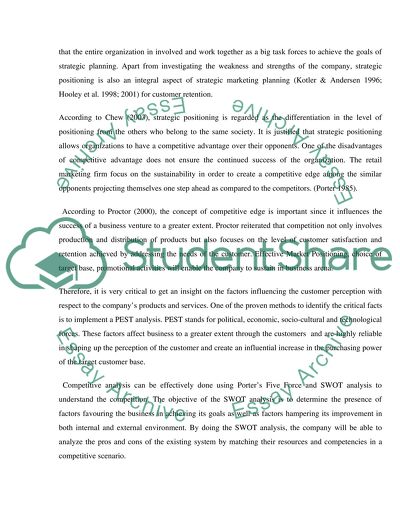Cite this document
(Customer Retention of TESCO Company Case Study Example | Topics and Well Written Essays - 2500 words, n.d.)
Customer Retention of TESCO Company Case Study Example | Topics and Well Written Essays - 2500 words. Retrieved from https://studentshare.org/marketing/1554123-customer-retention-marketing-report
Customer Retention of TESCO Company Case Study Example | Topics and Well Written Essays - 2500 words. Retrieved from https://studentshare.org/marketing/1554123-customer-retention-marketing-report
(Customer Retention of TESCO Company Case Study Example | Topics and Well Written Essays - 2500 Words)
Customer Retention of TESCO Company Case Study Example | Topics and Well Written Essays - 2500 Words. https://studentshare.org/marketing/1554123-customer-retention-marketing-report.
Customer Retention of TESCO Company Case Study Example | Topics and Well Written Essays - 2500 Words. https://studentshare.org/marketing/1554123-customer-retention-marketing-report.
“Customer Retention of TESCO Company Case Study Example | Topics and Well Written Essays - 2500 Words”, n.d. https://studentshare.org/marketing/1554123-customer-retention-marketing-report.


